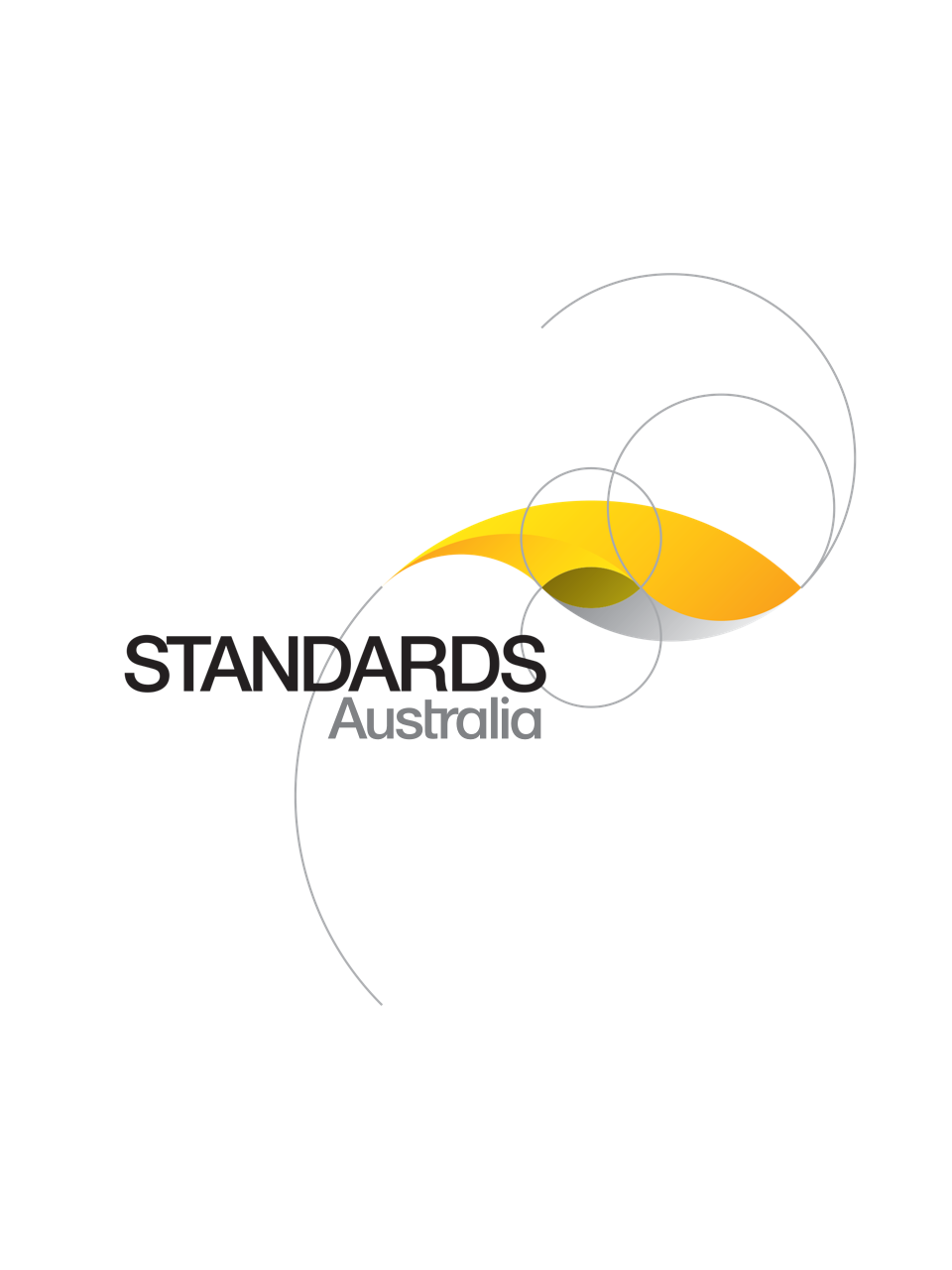Handbook
UPDATE AVAILABLE
HB 28-1997
[Withdrawn]The design of residential slabs and footings
This Handbook provides information and photographs to reliably identify the characteristics of a house or building site to enable a footing system to be designed. This Handbook is a self contained explanatory text though many references are made to AS 2870-1996, Residential slabs and footings Construction. The Handbook takes into account footings system alternatives, house loading; displacement sensitivity, design philosophy, soil structure interaction and house building practice.
Published: 05/07/1997
Pages: 173
Table of contents
Cited references
Content history
Table of contents
Header
About this publication
PREFACE
1 INTRODUCTION TO FOOTING DESIGN
1.1 PROBLEM STATEMENT
1.2 SITE CHARACTERISTICS
1.3 FOOTING SYSTEMS
1.4 HOUSE LOADING
1.5 DISPLACEMENT SENSITIVITY
1.5.1 Australian House Construction
1.5.2 Deflection Limits
1.6 DESIGN PHILOSOPHY
1.7 SOIL STRUCTURE INTERACTION
1.8 HOUSE BUILDING PRACTICE
1.9 OVERSEAS RESEARCH
1.10 CONCLUSION — DESIGN METHOD
2 SITE CHARACTERISTICS
2.1 CLASSIFICATION
2.2 SAND SITES
2.3 ROCK SITES
2.4 SILT SITES
2.5 CLAY SITES
2.6 REACTIVE CLAY SITES
2.6.1 Introduction to Reactive Clay
2.6.2 Classification by Visual Assessment
2.6.3 Classification by Soil Profile Identification
2.6.4 Classification by Computation of ys
2.6.4.1 Movement Limits
2.6.4.2 Shrinkage Index
2.6.4.3 Basis of Soil Suction
2.6.4.4 Design Suction Change
2.6.4.5 Instability index
2.6.4.6 Design Movement
2.6.4.7 Example of movement computation
2.7 CLAY TESTING
2.7.1 Index Testing
2.7.2 Core Shrinkage Index
2.7.3 Shrink-swell
2.7.4 Visual-tactile Assessment
2.7.5 Statistical Basis of Data
2.8 SYDNEY CLAYS
2.9 NEWCASTLE CLAYS
2.9.1 Geology and Mineralogy
2.9.2 Laboratory Test Data
2.10 MELBOURNE CLAYS
2.11 BRISBANE CLAYS
2.12 ADELAIDE CLAYS
2.13 CLAY SITE MODIFICATION
2.14 SITE INVESTIGATION
2.14.1 Investigation Philosophy
2.14.2 Effect of Design Suction Depth
2.14.3 Site Investigation Requirements
2.14.4 Effect of Fill on Classification
2.14.5 Extra Guidelines to Site Investigations
2.15 CLASS P SITES
2.15.1 Concept
2.15.2 Allowable Bearing Pressure
2.15.3 Fill
2.15.4 Mine Subsidence
2.16 SOIL PHYSICS
2.16.1 Introduction
2.16.2 Soil Profile
2.16.3 Clay Minerals
2.16.4 Suction
2.16.5 Moisture Flow
2.16.6 Quantification of Climate
2.17 CONCLUSION— SITE CHARACTERISTICS
3 FOOTING SYSTEMS
3.1 HISTORY
3.2 PAD FOOTINGS
3.3 STRIP FOOTINGS
3.3.1 General
3.3.2 Footings for Reactive Clays
3.4 FOOTING SLABS
3.4.1 General
3.4.2 Footing Slabs on Difficult Sites
3.5 STIFFENED RAFTS
3.6 WAFFLE RAFTS
3.7 TIMBER PILES
3.8 PARTIALLY REINFORCED MASONRY
3.9 CONCLUSION — FOOTING SYSTEMS
4 DESIGN PHILOSOPHY
4.1 PERFORMANCE EXPECTATION
4.2 ASSESSMENT OF LOAD FACTORS
4.3 COST OPTIMISATION EQUATION
4.4 SERVICEABILITY OPTIMISATION
4.5 ANALYSIS AND DATA USED
4.6 YIELD OPTIMISATION
4.7 MOUND STATISTICAL DEFINITION
4.8 INDIVIDUAL AGAINST GLOBAL OPTIMUM
4.9 HOME OWNERS' RESPONSIBILITY
4.9.1 Background
4.9.2 Pamphlet 10-91
4.10 FAILURE DEFINITION
4.11 CALIBRATION
4.12 CONCLUSION—PERFORMANCE
5 SOIL STRUCTURE INTERACTION
5.1 MOUND SHAPE
5.1.1 Introduction
5.1.2 Mound Shape by Computation
5.1.3 Real Mound Shape
5.1.4 Behaviour of Covered Areas
5.1.4.1 General
5.1.4.2 Initial conditions
5.1.4.3 Influence of water.
5.1.5 Experimental Cover Results
5.1.6 Edge Distance
5.1.7 Seasonal Effects
5.2 BASIC MOUND STIFFNESS
5.3 LATERAL MOUND STIFFNESS
5.3.1 Shear Stiffness
5.3.2 Plate Bearing Test
5.4 BEAM RESPONSE
5.5 GROUND CONTACT
5.6 ANALYSIS METHOD
5.7 STIFFNESS MATRIX METHOD
5.8 SOLUTION ALGORITHM
5.9 GRID ANALYSIS
5.10 SPECIAL COMPOUND BEAMS
5.11 ANALYSIS SIMPLIFICATIONS
5.11.1 Lytton
5.11.2 Mitchell
5.11.3 Simple Package Programs
5.12 DIRECT LOADING ON SLABS
5.13 SIMPLE BEAM ON MOUND
5.13.1 Single Element
5.14 U.S.A. SOIL STRUCTURE METHODS
5.15 CONCLUSION—SOIL STRUCTURE
6 STRUCTURAL DESIGN
6.1 GENERAL DESIGN REQUIREMENTS
6.2 DESIGN LOADS
6.2.1 Stiffened Slabs Loads
6.2.2 Typical Slab Loads
6.3 DIFFERENTIAL MOVEMENT LIMITS
6.3.1 General
6.3.2 Target Values
6.3.3 House Size
6.3.4 Articulation
6.3.5 AS 2870 Limits
6.3.6 Concrete Stiffness
6.4 SECTION PROPERTIES
6.4.1 Effective Flange Width
6.4.2 Steel Areas
6.4.3 Uncracked Section Properties
6.4.4 Cracking Strength
6.4.5 Cracked Stiffness
6.4.6 Ultimate Strength
6.4.7 Panels
6.5 DUCTILITY
6.5.1 Background
6.5.2 Code Requirement
6.6 SHEAR REINFORCEMENT
6.7 MODIFICATION OF DESIGNS
6.8 REINFORCEMENT DETAILS
6.8.1 General
6.8.2 Cover
6.8.3 Laps
6.9 SHRINKAGE CONTROL
6.9.1 General
6.9.2 Gross Shrinkage Movement
6.9.3 Shrinkage Relief of Partially Restrained Slabs
6.9.4 Shrinkage Control of Restrained Slabs
6.9.5 Shrinkage Control for Brittle Floor Coverings
6.9.6 Control Joints
6.9.7 Alternative Reinforcement
6.9.8 Plastic Shrinkage Cracking
6.10 ARRANGEMENT OF STIFFENING BEAMS
6.10.1 Function
6.10.2 Spacing
6.10.3 Beam details
6.11 EFFECT OF LENGTH
6.11.1 Background
6.11.2 Effect of Length on Shrinkage
6.11.3 Length Effect on Structural Analysis
6.12 ANALYSIS OF STRIP FOOTINGS
6.12.1 General
6.12.2 Mound Shape for Footings
6.12.3 Lift-Off from Ground Contact
6.12.4 Stiffness for Footings
6.12.5 Example of BOM Analysis of Footings
6.13 SUMMARY
7 TREES AND FOUNDATIONS
7.1 BEHAVIOUR OF TREES AND CLAYS
7.1.1 General Effect of Trees on Clays
7.1.2 Species
7.1.3 Proximity
7.1.4 Effect on Older Houses
7.1.5 Trees and Infrastructure
7.1.6 Repair of Tree Damage
7.2 EXTENT OF DRYING
7.2.1 Suction Changes
7.2.2 Shrinkage Movement Estimates
7.2.3 Adelaide Tree Practice
7.3 PHILOSOPHY OF DESIGN FOR TREES
7.4 SUMMARY OF SELECTED RESEARCH
7.4.1 Tree Proximity Ratio D:H
7.4.2 Tree Research
7.4.2.1 Canada
7.4.2.2 Adelaide
7.4.2.3 New Zealand
7.4.2.4 Melbourne
7.4.2.5 Texas
7.4.2.6 England
7.5 SUMMARY
APPENDIX A
A.1 INTRODUCTION
A.1.1 Overview
A.1.2 General Background to Codes before 1996
A.1.3 Comments on AS 2870.2—1990
A.1.4 Comments on AS 2870.1—1988
A.2 COMMENTS ON AS 2870—1996
A.2.1 Section 1
A.2.2 Section 2
A.2.3 Section 3
A.2.3.1 Standard Designs—General
A.2.3.2 Standard Designs—Raft Slabs
A.2.3.3 Standard Designs—Strip Footings
A.2.4 Section 4
A.2.5 Section 5
A.2.6 Section 6
A.2.7 Appendices
A.3 CONCLUSION
APPENDIX B
B.1 References
B.2 Further Reading
Amendment control sheet
SAA HB28-1997
Amendment No. 1 (1998)
Correction
Cited references in this standard
Content history
[Withdrawn]
